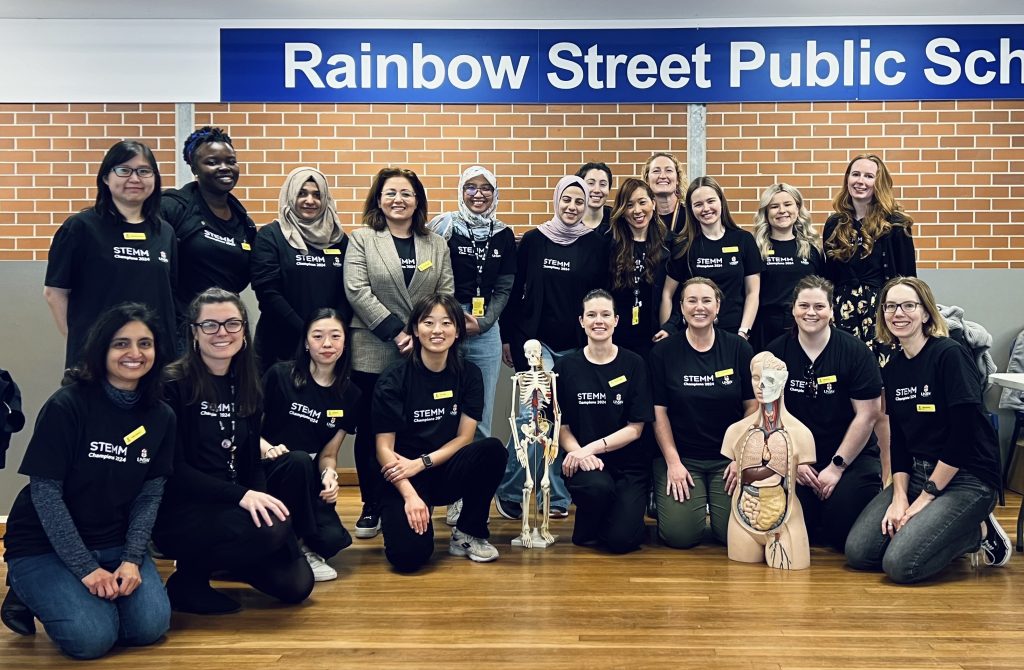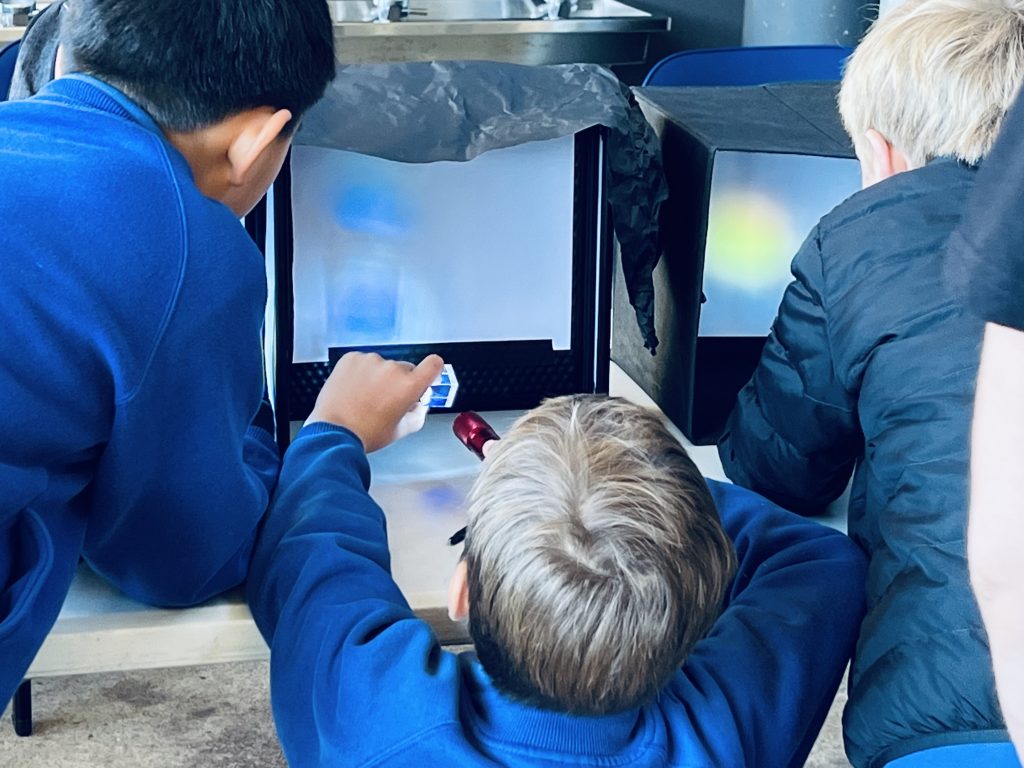Chase Your Dreams and Embrace STEMM with Passion

Growing up in a middle-class family in India, I had a childhood filled with love, empathy, numerous challenges, and a deep-seated desire to make a difference. One strong memory that has stayed with me is the train rides with my mom, where I would often see blind individuals navigating their way through life with incredible strength. Their silent struggles left a lasting impact on my young sensitive heart, and my mom’s words—”Grow up and help those who cannot see”—became the guiding light of my journey.
I always knew I wanted to become a doctor, but the road to medical school seemed dauntingly distant due to financial constraints. Determined to take a step towards my dream, I pursued optometry—a field that allowed me to improve people’s vision through prescribing glasses. While this brought me immense satisfaction, I soon realized that I wanted to do more than just correct vision; I wanted to prevent the very conditions that lead to vision loss.
Transitioning from clinical practice to research was challenging, marked by numerous struggles, failures, and, importantly, achievements. The turning point came when I was offered the opportunity to pursue a PhD in Vision Science and Artificial Intelligence in UNSW, Sydney Australia. For someone who had never been beyond home, school, or college, it was a bold leap—a decision made with immense determination. This path meant leaving behind the familiar comforts of home, departing from loved ones, living independently, facing challenges head-on, and embracing a world full of new opportunities.
Amidst the hustle and bustle of research, juggling work and life responsibilities, and moments of quiet contemplation, I found myself growing in ways I never imagined. Learning coding from scratch, networking with people, diving deep into the complexities of vision research, and discovering the transformative potential of artificial intelligence in healthcare—all of these experiences have transformed me from a shy person into a stronger woman.
Every day, as I dive deeper into my research on early detection and prevention of ocular and systemic diseases, I am reminded of why I embarked on this journey. My mom’s words continue to echo in my mind, urging me to make a meaningful impact in the lives of those affected by blindness and other eye conditions.
This is not just about my academic pursuits; it is a reflection of my personal growth. It highlights how dreams can change us, the strength we gain from never giving up, and the limitless possibilities that await when we dare to follow our passion. As I continue on this path, I have learned that the STEMM journey is not just a destination to reach, but a path that unfolds before us when passion leads the way.



